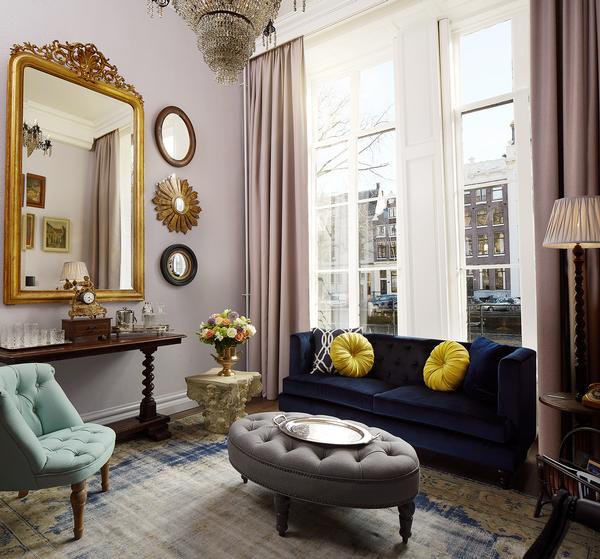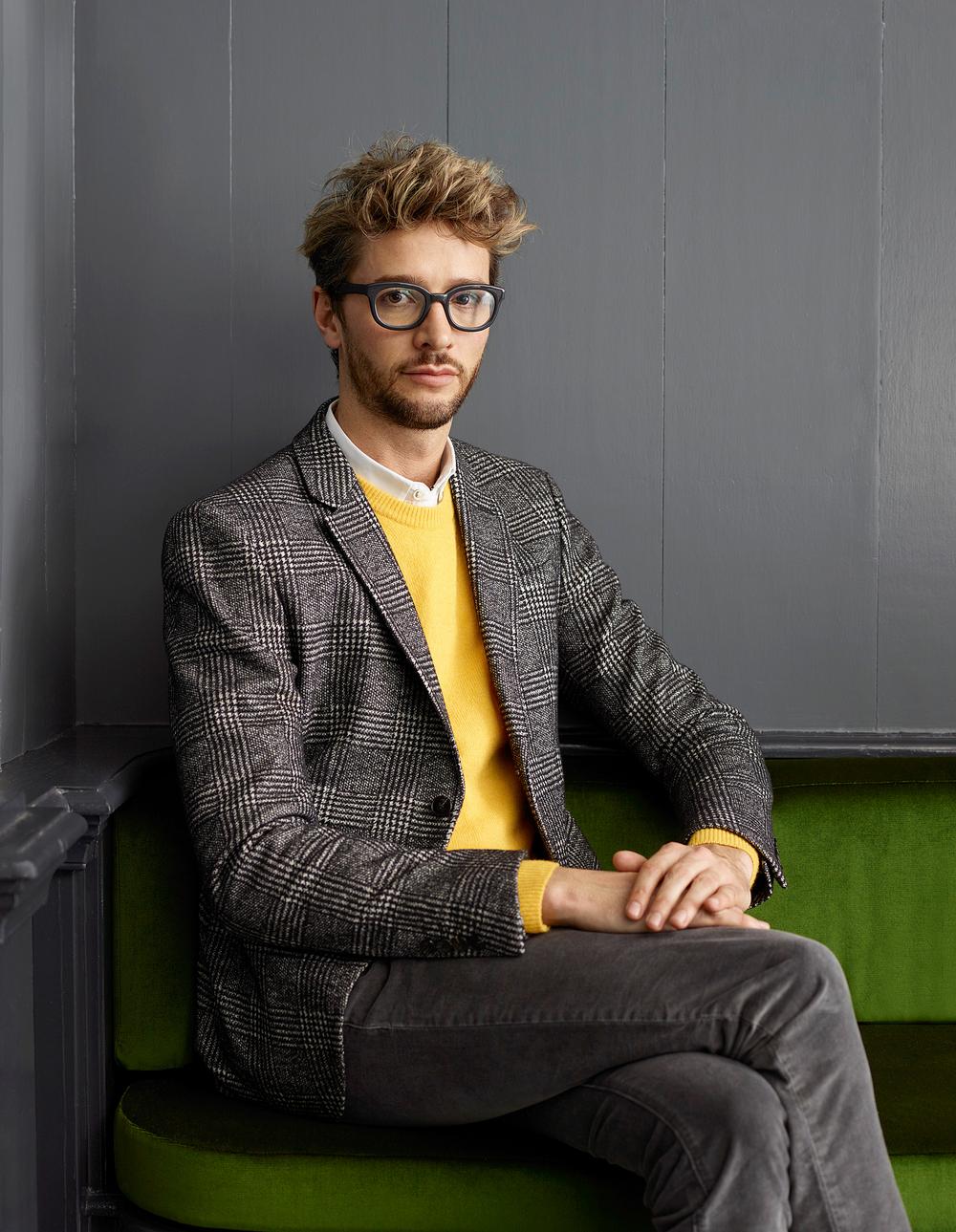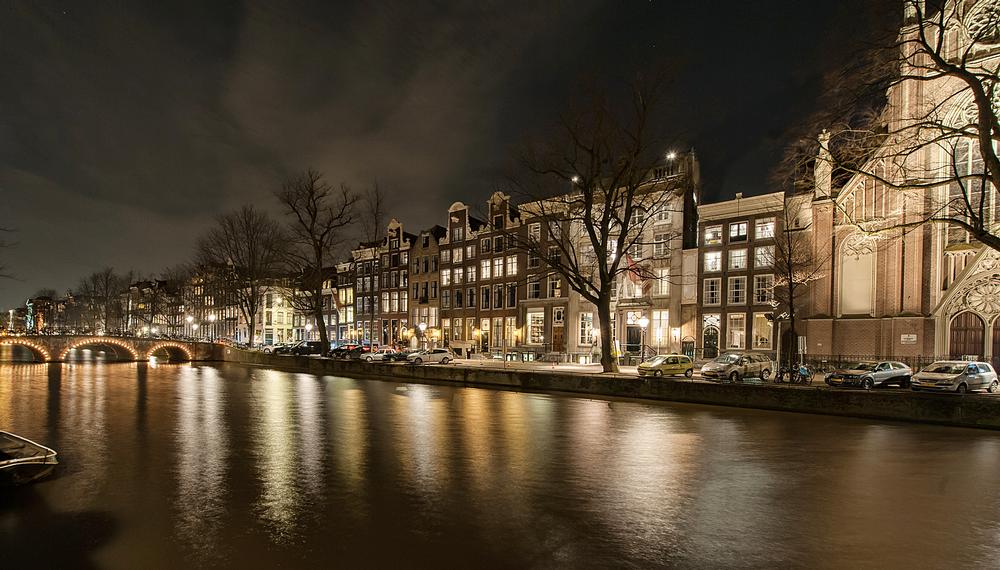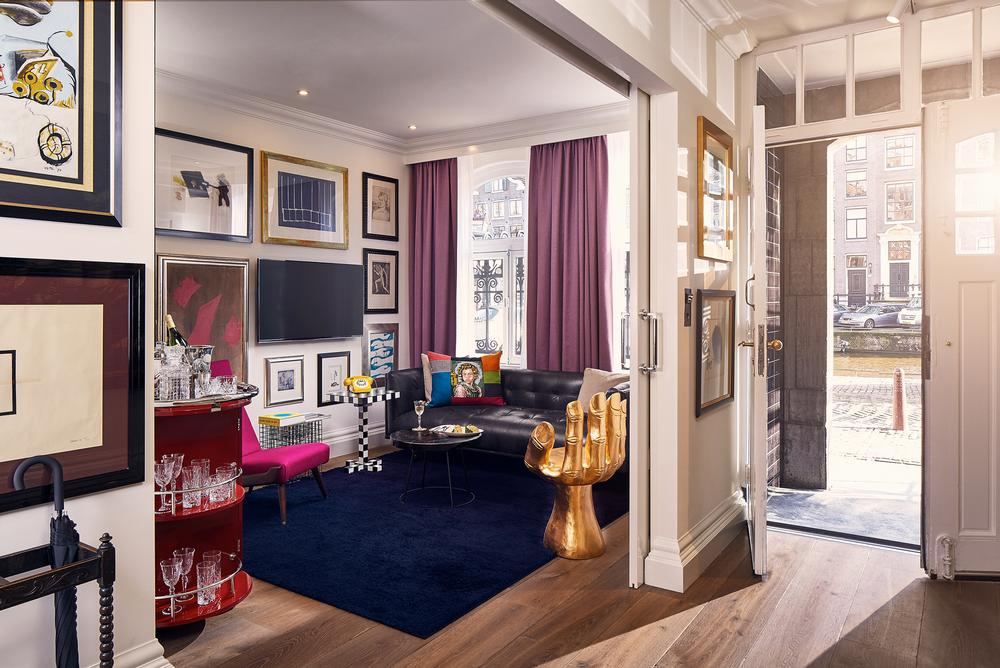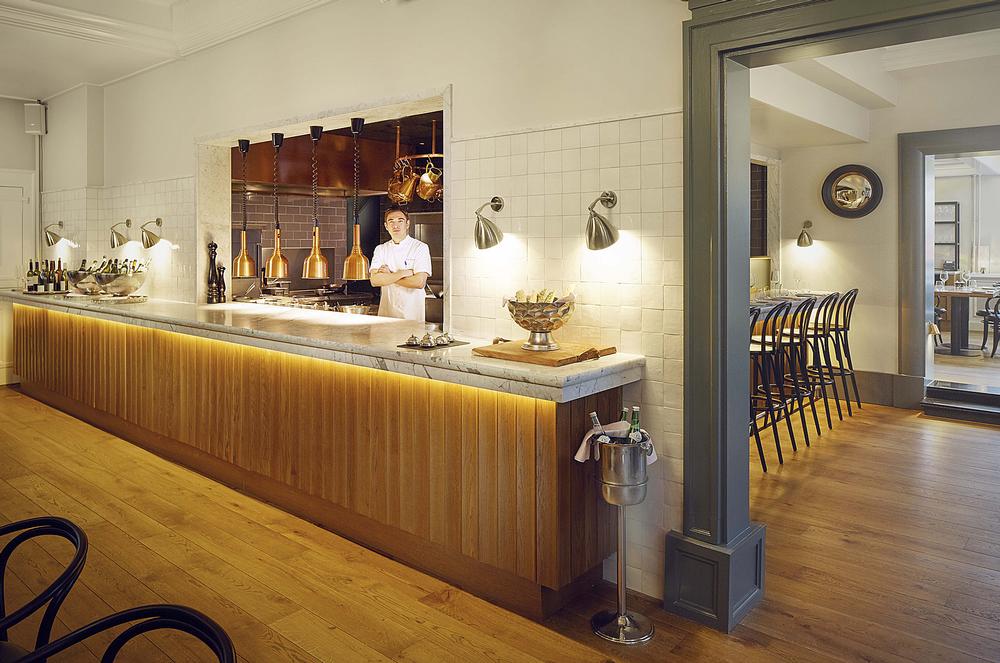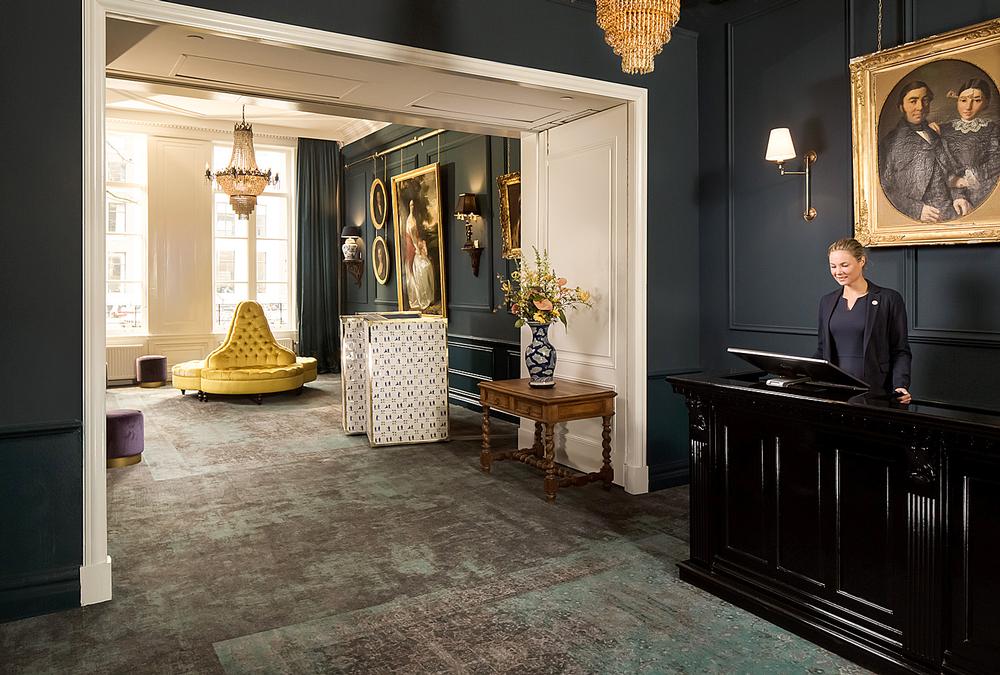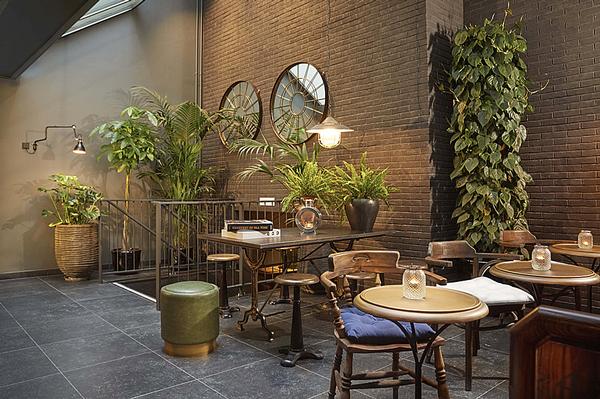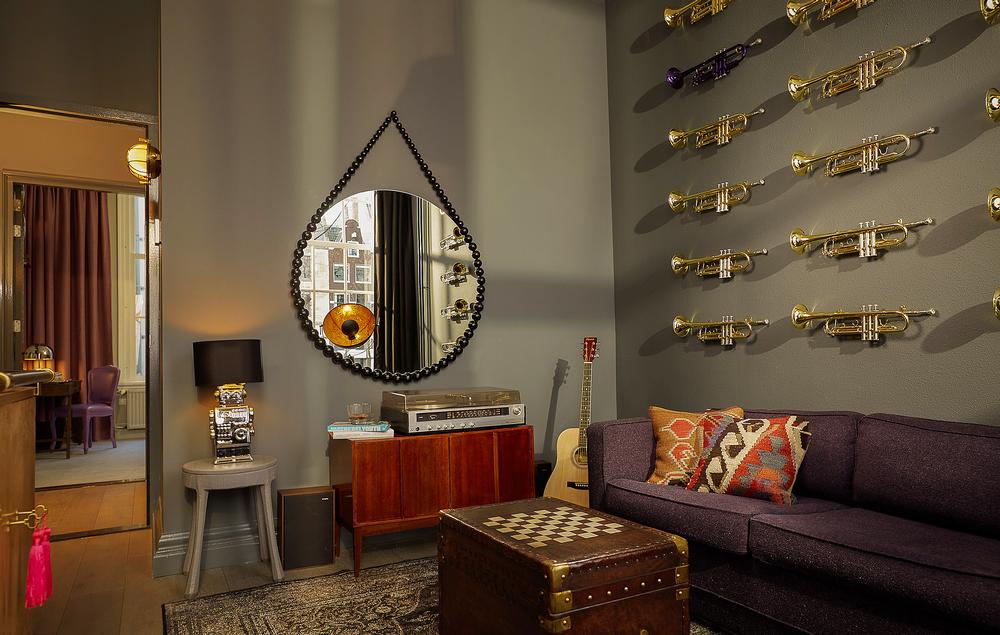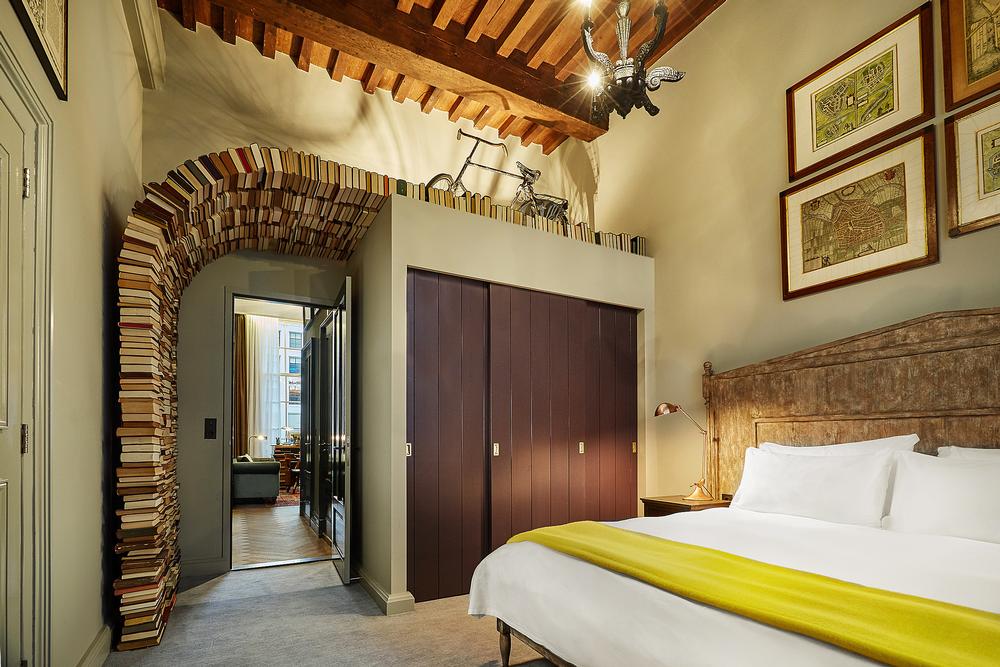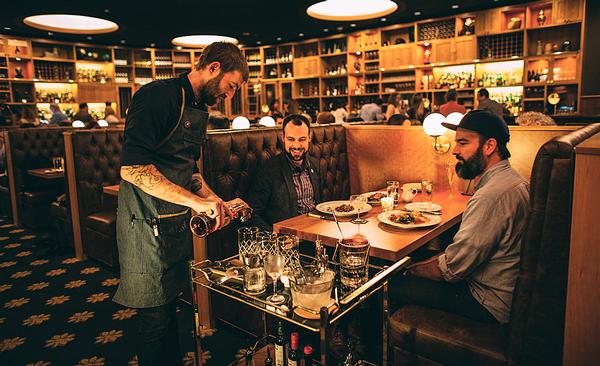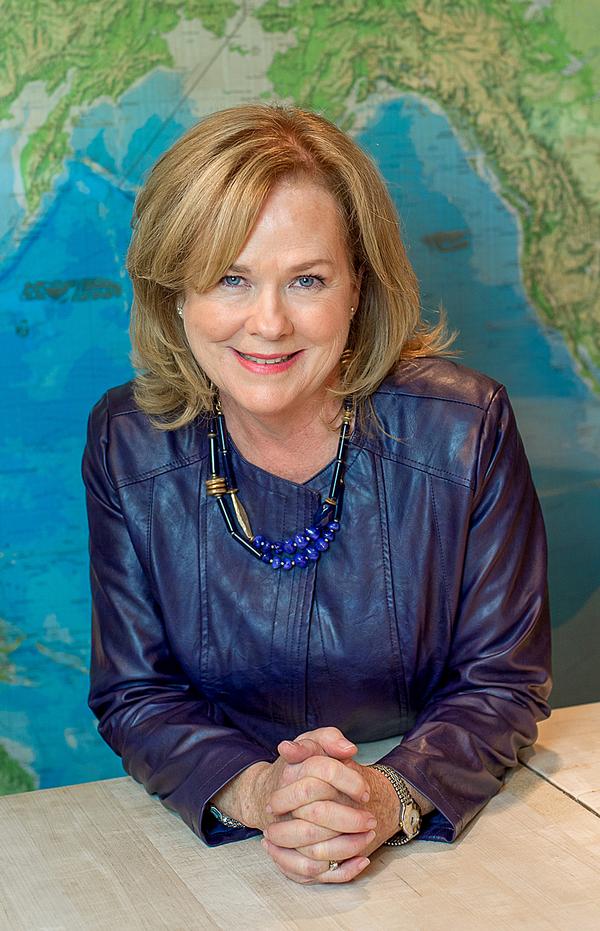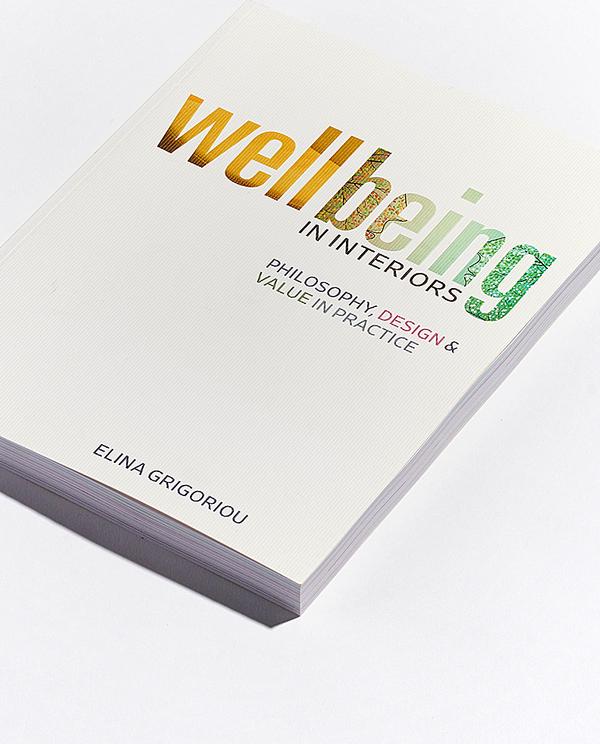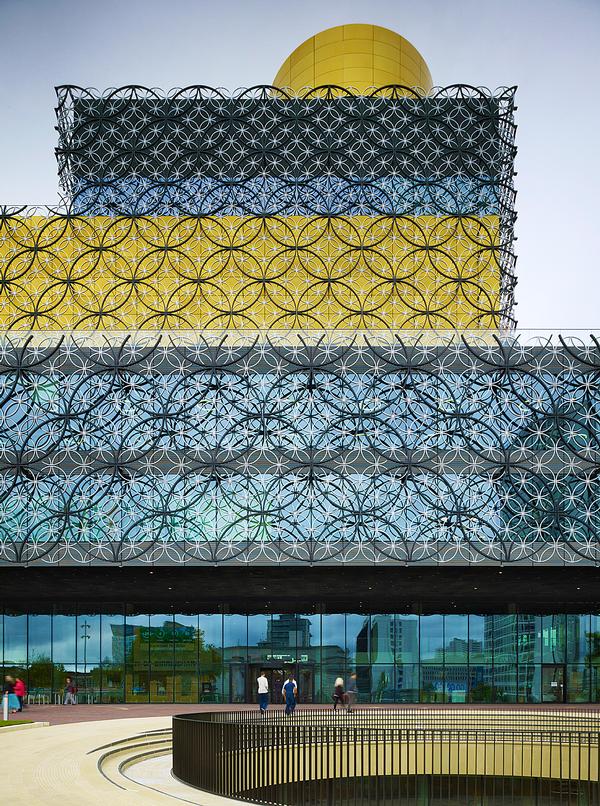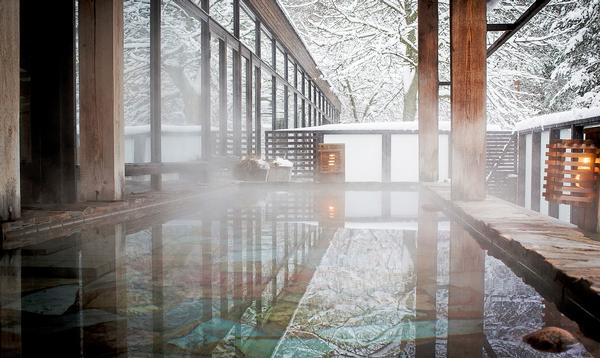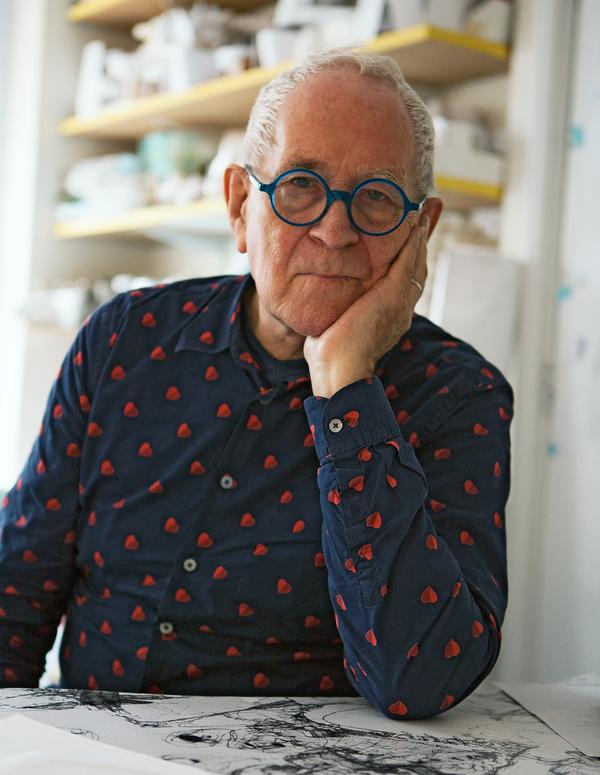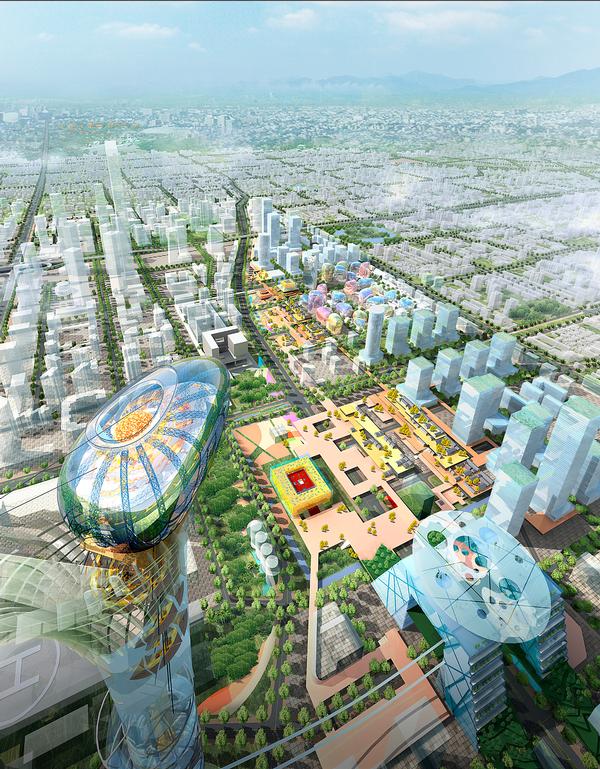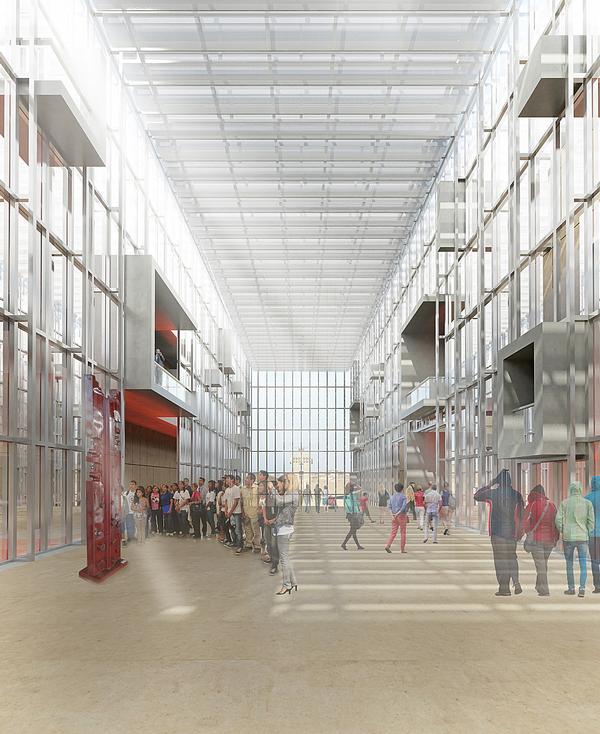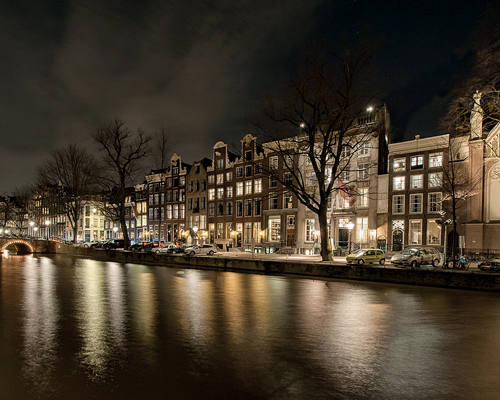Hospitality
Going Dutch - The Pulitzer Amsterdam
As the Pulitzer Amsterdam is reborn, its creative director Jacu Strauss tells us how he made sense of the 25 historic buildings that make up the hotel
South African designer Jacu Strauss has a bit of a thing for complicated buildings. His first hotel interiors project, the Mondrian London, was housed in Warren Platner’s iconic Sea Containers House building on the river Thames. Strauss was working for Tom Dixon’s Design Research Studio at the time, and acted as a senior designer on the project, which saw the huge office block transformed into a cruise liner-inspired hotel with a rooftop bar, restaurant with private dining rooms, cinema and a spa.
“It was a complicated project,” says Strauss. “It was quite an unusual building, so it was definitely a challenge. Luckily, I like making my life difficult.”
Strauss has since left Tom Dixon's Design Research Studio to go it alone, but his latest project, the Pulitzer Amsterdam, is no less challenging.
Strauss was asked to act as creative director for the restoration of the five star hotel, which is situated along the Prinsengracht and Keizersgracht canals in central Amsterdam. The project involved restoring and redesigning the 25 interlinked canal house buildings that comprise the hotel. The buildings – which were gradually bought up over the years by Peter Pulitzer (grandson of newspaper magnate and Pulitzer Prize creator Joseph Pulitzer) to create a five star hotel – are more than 400 years old, and are situated in a UNESCO World Heritage zone, meaning there were lots of restrictions on the building work. The building is a maze of labyrinthine corridors and staircases which open out suddenly onto unexpected open spaces, and it was Strauss’s job to make sense of it all.
“It took me about 18 months to really understand this property,” says Strauss. “I’ve come here every week for the past two and a half years, and I have stayed in every single one of the 225 rooms. It was all part of making sense of the property, of living and breathing the city and understanding the context of the hotel.”
The hotel was part of the Starwood group until 2015, and an attempt had been made to make the interiors look as uniform as possible. “That was problematic, because the building is so varied - the rooms are all very different, one part of the building is narrow, and then it suddenly becomes wide, you have to go up and down stairs to navigate it,” says Strauss. “I find that very charming, and I really wanted to highlight the fact that this building is unique.”
So Strauss took a different approach. Instead of trying to unify the interiors, he made each room very different, meticulously researching the history of each building and working to incorporate that history into the design. The building was stripped right back, so that Strauss had a blank canvas to work with. The result is an imaginatively designed hotel that blends contemporary design with historic features to great effect. Quirky references to the history of the buildings and also to its location feature throughout – from bicycles on the wall, to panelling in the bar inspired by the front doors of Amsterdam’s grand canal houses. Strauss approached the design of the hotel’s four Collectors Suites by imagining what previous occupants over the past four centuries might have left behind – the Book Collector’s Suite, for example, features its own library, an old typewriter, a cracked leather chair and an amazing curved bookshelf.
The hotel is privately owned, which gave Strauss and the team a certain freedom with the design.
“It was a really nice opportunity, as the hotel isn’t really associated with an operator, so we didn’t have to apply existing brand values,” he says. “That meant we were able to start from scratch and have the hotel create its own brand identity.”
Phase one of the restoration was completed in March, with 80 refurbished guestrooms and suites, alongside a new restaurant and bar. The second phase, which has just finished, involved the restoration of the buildings on the Prinsengracht side of the canal, as well as the creation of a new lobby and a courtyard garden – a rarity in central Amsterdam.
The story of the Pulitzer’s new façade
The building housing Pulitzer’s new entrance is the first approved new structure on Amsterdam’s historic canal belt under the 2010 UNESCO heritage regulations. “Getting planning for it was a very long process, and the whole thing was quite nervewracking, but I’m very excited about it,” says Jacu Strauss. “It fits in with the rhythm of the other buildings, but it’s a very modern building, so it really stands out. I like it because it represents the spirit of Amsterdam – it’s a living museum, where you constantly discover new things.”
The design of the façade was inspired by the previous canal house, which was demolished before the hotel opened in 1970. It contains imperfections that reflect the old buildings around it – it leans forward slightly to “reflect the curiousness of canal houses that have subsided by are still standing.”
The new building houses the new entrance and the three guestrooms.
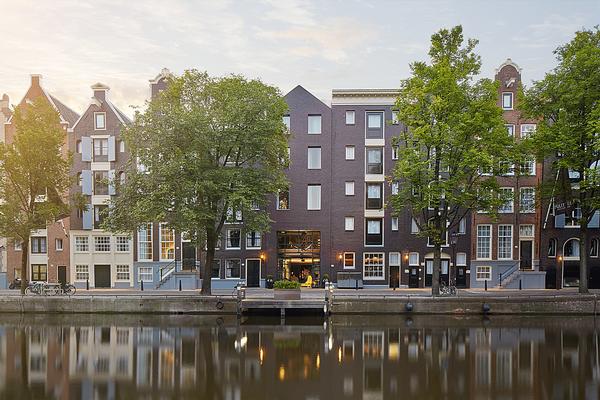
Here, Strauss talks us through the project

What was your aim with this project?
The outside of the building is very beautiful and we wanted to bring some of that beauty and character back inside. I wanted to highlight the history of the building, and the fact that it’s so unique. Our other aim with the redesign was to get rid of the exclusive feel hotels sometimes have and really invite the local community in. We want to make the hotel part of the fabric here.
What were the biggest challenges of the project?
Trying to understand the building. The complexity of all of the different spaces was a huge challenge. Also we wanted to make sure it worked like a hotel, but didn't look like a hotel. Every room needs to have a mini bar and a coffee making station and telephone but those things can be a bit ugly because they look very modern. We worked hard to bring in old style telephones, and instead of having a traditional minibar we created a kind of drinks trolley, with everything hidden inside. It's something you might associate with having at your aunty’s grand house rather than a hotel.
We did away with big espresso machines and instead worked with a local coffee supplier and found cool looking kettles and cafe tiers.
What’s your favourite part of the hotel?
I love the complexity of the corridors; sometimes I still get lost even after two and a half years.
What was the most difficult part of the project?
The low point was doing the repiling. I remember walking up and down the corridor during the construction then looking down and it looked like the apocalypse down there. It made me so nervous. I refused to go into the basement for a while – I just didn’t want to know about it.
What was the most exciting part of the project for you?
We have built a new entrance building on the Prinsengracht canal, which houses the hotel’s lobby and three new guestrooms. That was a long process with the planning authorities in Amsterdam because it’s the first new building within this UNESCO World Heritage site since the city was awarded the status. It was quite nerve-wracking but it’s something I was very excited about. It’s a great addition to Amsterdam; it fits in with the rhythm of the existing buildings, but it’s a very modern building so it really stands out. I like that because it represents life in Amsterdam – the city is a living museum, where you constantly discover new things.
What’s your career background?
I’m originally from South Africa; I moved to the UK when I was 18 and worked in a bank for two years. I then went to Auckland in New Zealand to start my studies in architecture. I did my first degree there, then did my second and third degrees at the Bartlett in London.
I graduated from the Bartlett in 2008 and sent through a speculative application to Tom Dixon. I met him and some of his colleagues, but they didn’t have a position available. Then, one became available just as I was about to sign a permanent contract with a conventional architect, but I decided to go with Tom Dixon.
I was thrown in at the deep end. My first project was Barbecoa restaurant for Jamie Oliver. I ended up doing more and more interior work and the projects got bigger and bigger. I led a project in New York for McCann Erickson which is still one of my favourite projects. I worked for Tom Dixon for four years, before leaving in 2014.
Are you critical of your work?
As a designer you can be happy with the outcome but I don’t think you can ever be 100 per cent happy. You always feel like there is something else that you could have done.
I’m very conscious of that. I try and make sure I take a step back and let it go. Getting caught up in the details can be a bit damaging if you forget about the bigger picture – that’s the challenge.
"The outside of the building is very beautiful and we wanted to bring some of that beauty and character back inside"
